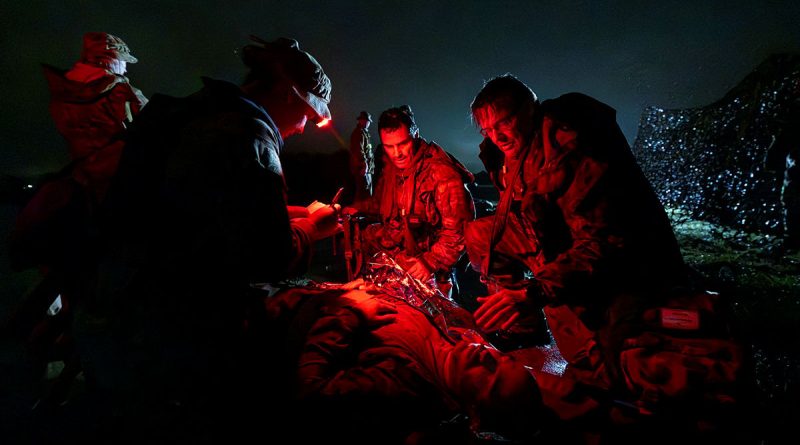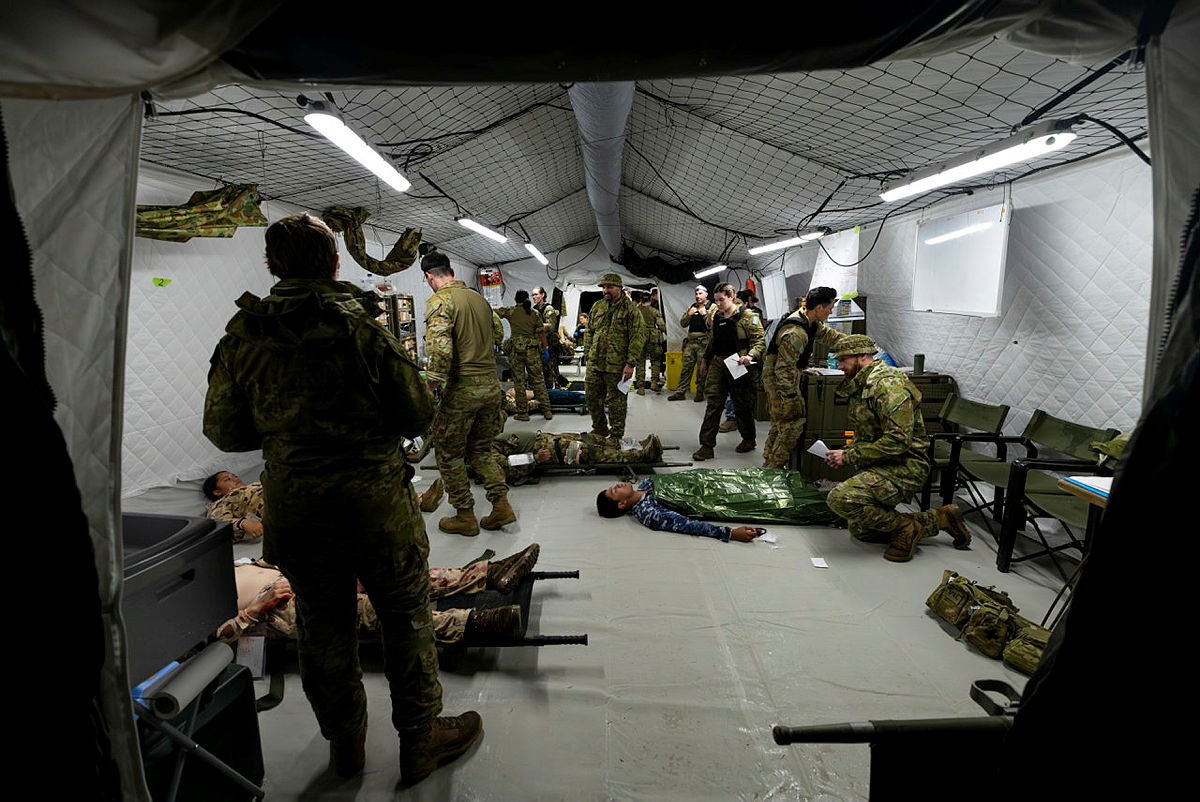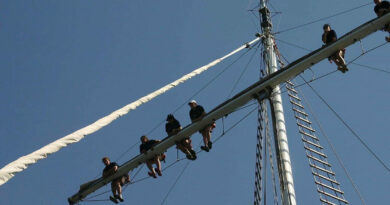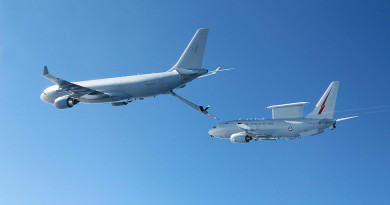Aviators stronger together through medical training
Share the post "Aviators stronger together through medical training"

Through day, night and pouring rain, 295 Squadron and Health Operational Conversion Unit (Health OCU) put aviators to the test in Airbase Protection Training at RAAF Base Amberley.
CAPTION: Air Force’s 1 Expeditionary Health Squadron personnel provide first aid to a simulated casualty during a joint Airbase Protection Training exercise at RAAF Base Amberley. Story by Flying Officer Michael Thomas. Photos by Corporal Emma Schwenke.
Aviators from across Combat Support Group undertook the Airbase Survivability and Protection course delivered by 295 Squadron, and the Operational Health Support course conducted by Health OCU with members of 1 and 2 Expeditionary Health Squadrons, 3 Aeromedical Evacuation Squadron and Joint Health Command.
The training was designed to maintain the ability to project airpower and operate a deployed medical facility in a contested and austere airbase environment, and marked the first time 295 Squadron and Health OCU had conducted joint training in the same vicinity.
295 Squadron Chief Instructor Squadron Leader Mitch Dockett said working with a health training unit enhanced the training scenarios by involving a deployed medical facility.
“Whilst the learning outcomes of each course are different, it was identified that there was the ability to synchronise a number of scenarios to ensure the best training effect,” Squadron Leader Dockett said.
CAPTION: Air Force personnel from 1 Expeditionary Health Squadron provide medical care to simulated casualties during a joint Airbase Protection Training exercise at RAAF Base Amberley.
“It’s very important to make the training scenarios as realistic as possible to get the best training outcome to all learners.
“This was a great opportunity to run scenarios that flow between both courses that provide an element of realism.”
Health OCU Nursing Officer Flight Lieutenant Ashley Kennewell said linking with 295 Squadron provided Health OCU the opportunity to practise deploying with other Combat Support Group units they would potentially deploy with on operations.
“Conducting our courses side by side allowed both units to learn and understand from each other about how we conduct our respective training,” Flight Lieutenant Kennewell said.
“These activities are important at an early stage of an aviator’s Air Force health career to improve their understanding of how health, and more broadly, CSG [Combat Support Group], work together to achieve mission outcomes.”
The Airbase Survivability and Protection course was the final course in a culmination of a two-week training package aimed to train Combat Support Group aviators with baseline combat skills to meet Commander Combat Support Group Force Generation training requirements.
.
.

.
.
Share the post "Aviators stronger together through medical training"





